Chile ancho and chile pasilla are two distinct dried chiles used in Mexican cuisine. Chile ancho (dried poblano) offers a sweet, fruity flavor with mild heat (1,000-2,000 SHU), while chile pasilla (dried chilaca) has a deeper, smoky, raisiny taste with slightly higher heat (1,000-2,500 SHU). This guide explains their key differences, best uses, substitutions, and how to choose the right one for your recipes.
Table of Contents
- Introduction
- What Are Chile Ancho and Chile Pasilla?
- Comparison Table
- Flavor Profiles Compared
- Heat Level Showdown
- Cooking with Chile Ancho
- Cooking with Chile Pasilla
- Buying Guide: Choosing the Right Chile for Your Kitchen
- Frequently Asked Questions
- Conclusion
Key Differences at a Glance
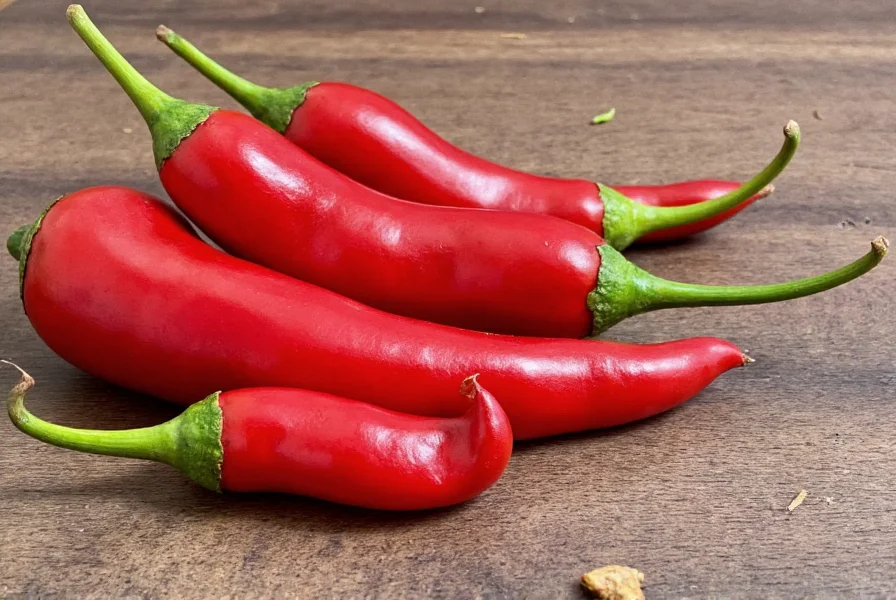
Understanding the difference between chile ancho and chile pasilla is crucial for authentic Mexican cooking. While both are dried chiles used in moles, salsas, and stews, they come from different peppers and deliver unique flavor profiles. Ancho provides sweetness and fruitiness, while pasilla offers earthy depth and smokiness.
What Are Chile Ancho and Chile Pasilla?
Chile ancho is the dried form of the poblano pepper. Known for its wide, flat shape and deep red-brown color, it's one of the most commonly used dried chiles in Mexican cuisine.
Chile pasilla, on the other hand, is the dried version of the chilaca pepper. It's longer and thinner than the ancho, with a dark purplish-black hue that gives it a distinct visual edge.
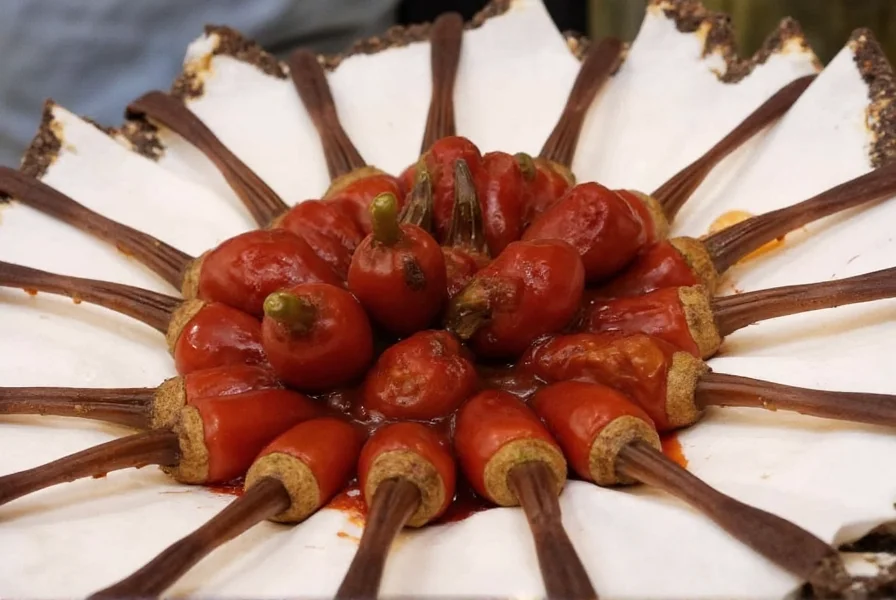
Quick Overview
- Chile Ancho: Dried poblano pepper
- Chile Pasilla: Dried chilaca pepper
Visual Comparison Table: Chile Ancho vs Chile Pasilla
| Feature | Chile Ancho | Chile Pasilla |
|---|---|---|
| Origin | Dried poblano | Dried chilaca |
| Appearance | Wide, flat, reddish-brown | Long, thin, dark purple/black |
| Heat Level (SHU) | 1,000–2,000 | 1,000–2,500 |
| Flavor Profile | Fruity, sweet, earthy | Grassy, smoky, raisiny |
| Common Uses | Mole sauces, soups, stews | Mole negro, moles, marinades |
| Best Substitutes | Guajillo, mulato | Ancho (with adjustments), guajillo |
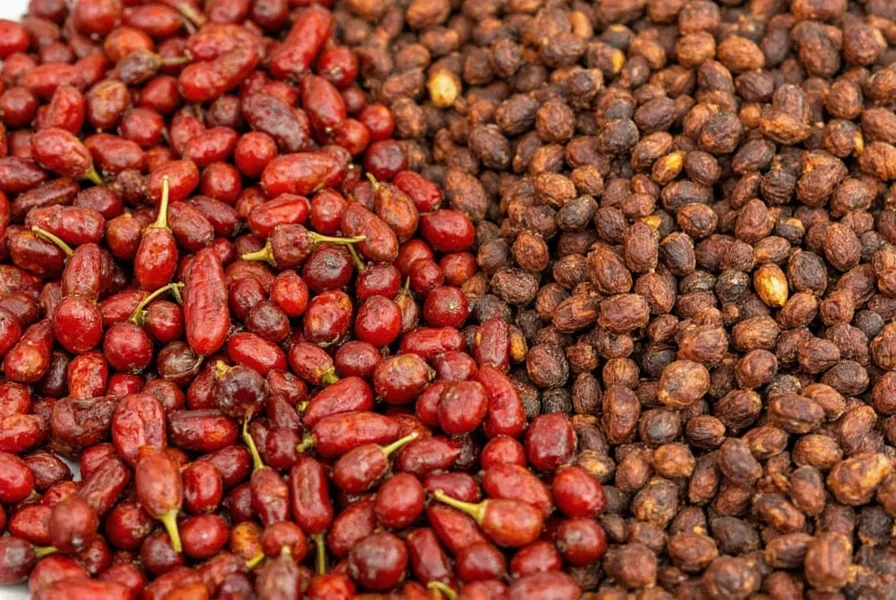
Flavor Profiles Compared
Chile Ancho Flavor
The chile ancho is beloved for its rich, fruity undertones mixed with subtle earthiness. Think dried cherries, prunes, and cocoa—perfect for balancing sweetness with mild heat in complex sauces like traditional mole poblano.
Chile Pasilla Flavor
Chile pasilla brings a deeper, more complex flavor profile to the table. With hints of dark chocolate, tobacco, and even prune, it's often described as "grassy" or "herbaceous," especially when paired with garlic and spices in darker moles.

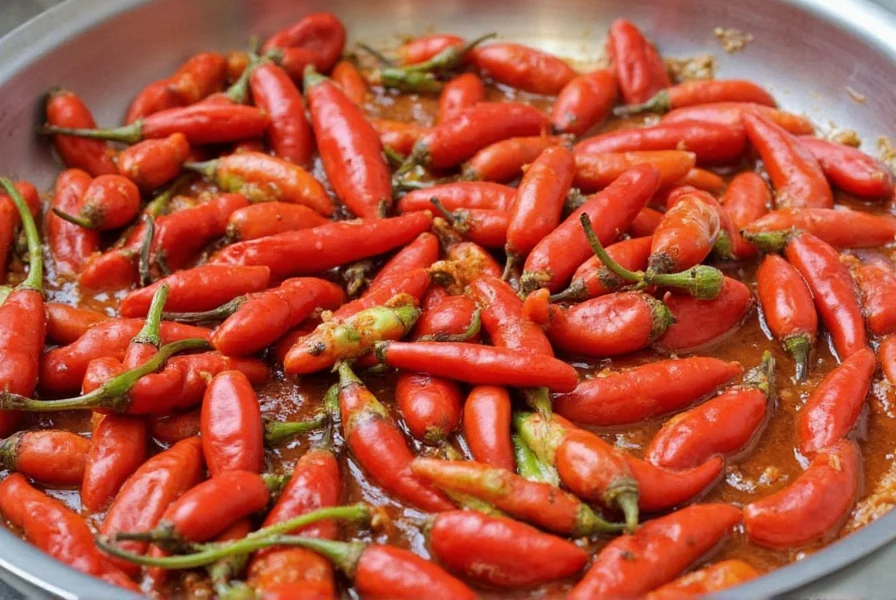
Heat Level Showdown
In terms of Scoville Heat Units (SHU), both peppers are relatively mild—but there are differences worth noting:
- Chile Ancho: 1,000–2,000 SHU
- Chile Pasilla: 1,000–2,500 SHU
While neither will set your mouth on fire, the pasilla can sometimes deliver a bit more kick, especially if the seeds are left in during cooking.
How to Cook with Chile Ancho Like a Pro
Top Tips for Using Chile Ancho
- Toast before using: Lightly toast whole dried chiles in a dry pan until fragrant for enhanced flavor.
- Rehydrate wisely: Soak in hot water or broth for 20–30 minutes until soft enough to blend into sauces.
- Use in moles: A staple in mole poblano, adding sweetness and depth.
- Make homemade chili powder: Combine ground ancho with cumin, oregano, and garlic for a killer taco seasoning.
- Stuff 'em: Whole fresh poblanos make perfect stuffed peppers!
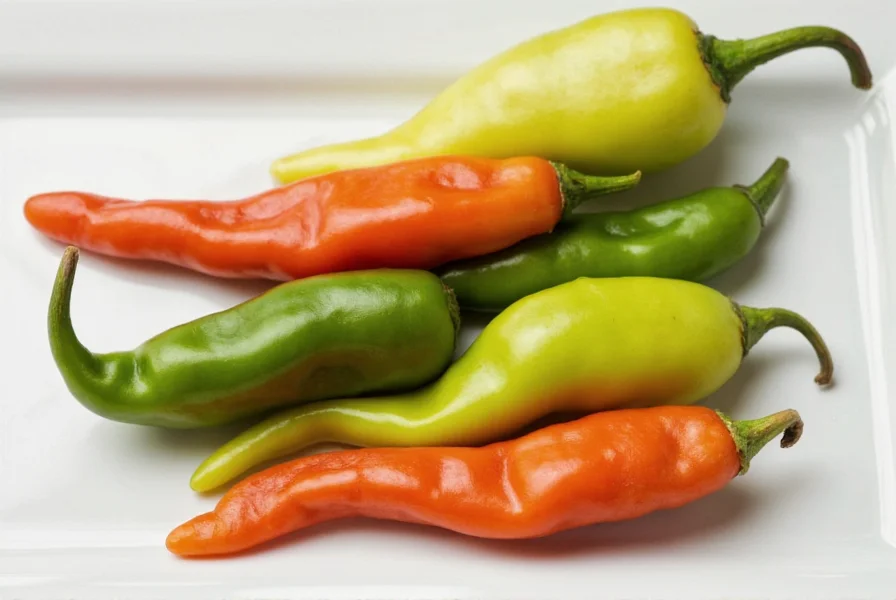
Popular Recipes Featuring Chile Ancho
- Mole Poblano
- Enchilada Sauce
- Chili con Carne
- Chiles Rellenos
How to Master Cooking with Chile Pasilla
Pro Tips for Chile Pasilla
- Pair with dark flavors: Works beautifully with bittersweet chocolate, cinnamon, and cloves in mole negro.
- Avoid over-toasting: Can turn bitter quickly if toasted too long.
- Blend with other chiles: Often combined with ancho, mulato, or chipotle in layered sauces.
- Soak carefully: Don't soak for too long, or it may become mushy and overpower the dish.
Signature Dishes with Chile Pasilla
- Mole Negro Oaxaqueño
- Pasilla en Mole Verde
- Oaxacan Tamales
- Traditional Salsas
Buying Guide: How to Choose Between Chile Ancho and Chile Pasilla
Where to Buy
- Local Latin markets
- Gourmet spice shops
- Online specialty stores
What to Look For
- Color: Vibrant, uniform coloring without dull spots
- Texture: Supple but firm; avoid overly brittle ones
- Smell: Earthy, slightly smoky aroma—not musty or stale
- Size: Medium to large (larger chiles often have more flavor)
Recommended Products
Brand A - Organic Chile Ancho Pack
Features: Air-dried, non-GMO, sustainably grown in Mexico
Advantages: Consistent quality, no preservatives
Use Cases: Sauces, moles, soups, stews
Target Audience: Home cooks, professional chefs
Suitable Occasions: Weeknight dinners, holiday meals, catering events
Brand B - Premium Chile Pasilla Bundle
Features: Sun-dried, organic, vacuum-sealed packaging
Advantages: Freshness locked in, easy storage
Use Cases: Mole negro, marinades, tamales
Target Audience: Enthusiasts, food bloggers, restaurant kitchens
Suitable Occasions: Gourmet cooking, gift giving, cultural events
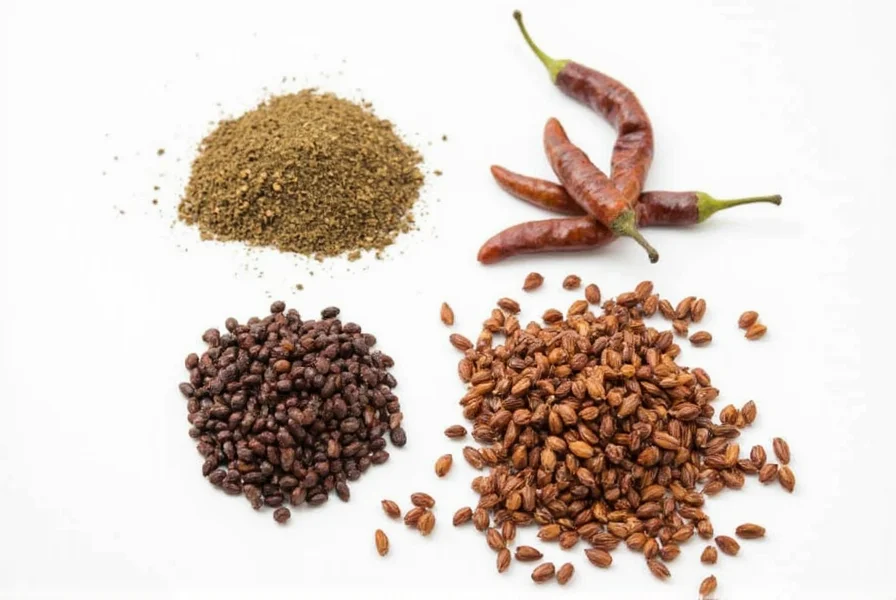

Frequently Asked Questions (FAQs)
What's the main flavor difference between chile ancho and chile pasilla?
Chile ancho offers a sweeter, fruitier profile with notes of dried cherries and cocoa, while chile pasilla has a deeper, more complex flavor with grassy, smoky notes and hints of dark chocolate and tobacco. Ancho is generally milder and more approachable, while pasilla brings more earthy depth to dishes.
Can I substitute chile ancho for chile pasilla (and vice versa)?
Yes, but expect flavor differences. Ancho is sweeter and fruitier, while pasilla is earthier and more complex. For a closer substitution when replacing pasilla with ancho, consider blending with a small amount of mulato or chipotle for depth. When substituting pasilla for ancho, you might want to add a touch of sweetness to balance the earthier flavor.
Is chile pasilla the same as chile negro?
No. Chile pasilla is specifically the dried chilaca pepper, while "chile negro" is a more general term that often refers to very dark, heavily roasted dried chiles, which may be a mix of varieties. True chile pasilla has a distinctive long, thin shape and dark purple-black color.
How should I manage heat levels when cooking with these chiles?
Both chiles are relatively mild (1,000-2,500 SHU), but you can control the heat by:
- Removing seeds and veins for milder flavor
- Keeping seeds intact for more heat
- Adjusting the quantity used in your recipe
- Blending with milder chiles like guajillo if needed
How long do dried chiles last, and how should I store them?
Stored properly in an airtight container in a cool, dark place, dried chiles can maintain good quality for 6-12 months. For extended storage, keep them in the freezer where they'll retain flavor for up to two years. Check for freshness by aroma - they should smell earthy and slightly smoky, not musty or stale.
Which chile is better for beginners to Mexican cooking?
Chile ancho is generally more beginner-friendly due to its sweeter, more approachable flavor and consistent quality. It's more widely available and forgiving in recipes. Once you're comfortable with ancho, you can experiment with pasilla to add deeper, more complex flavors to your dishes.
Final Thoughts: Chile Ancho vs Chile Pasilla – Who Wins?
There's no clear winner in the battle of chile ancho vs chile pasilla—it all comes down to personal taste and recipe needs. If you're after a sweeter, fruitier note, reach for ancho. Need something deeper, smokier, and more mysterious? Pasilla has your back.
By now, you should feel confident choosing the right chile for your next mole, salsa, or stew. Remember, these peppers are more than just heat—they're layers of flavor waiting to be unlocked.
Next time you see those two chiles sitting side by side in the market, you'll know exactly which one deserves a spot in your shopping basket.
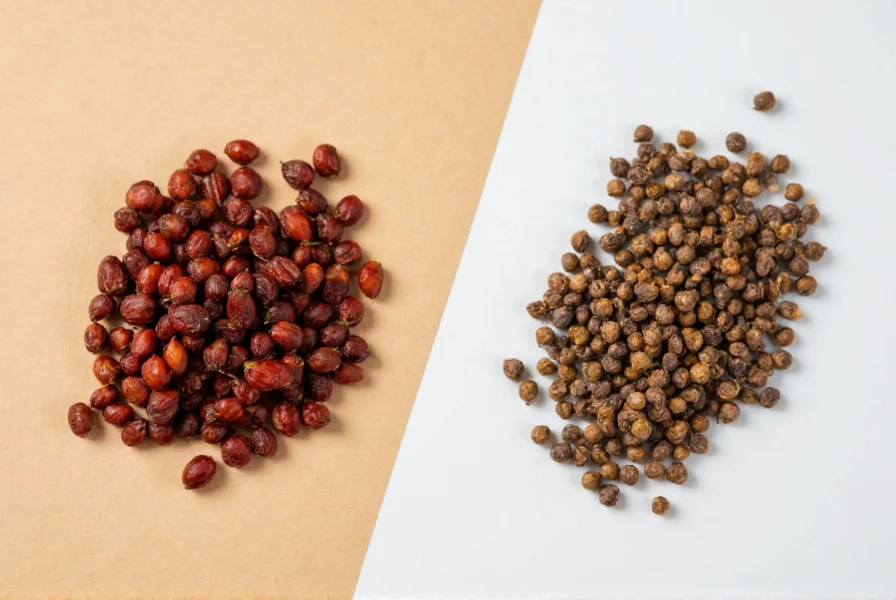











 浙公网安备
33010002000092号
浙公网安备
33010002000092号 浙B2-20120091-4
浙B2-20120091-4